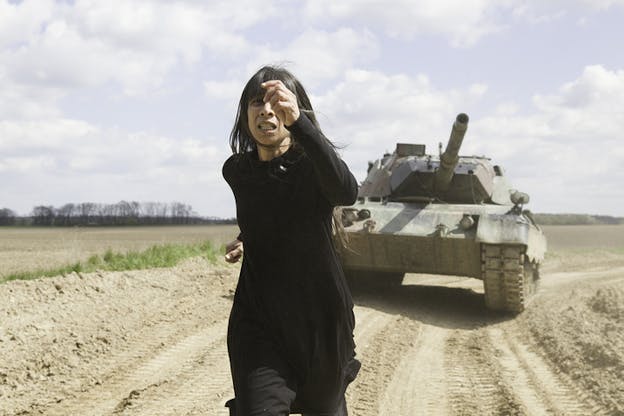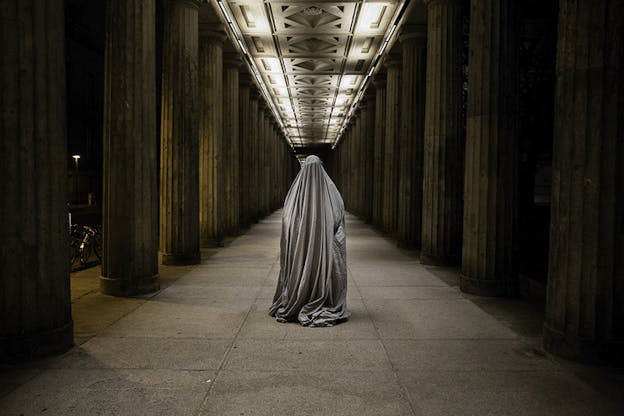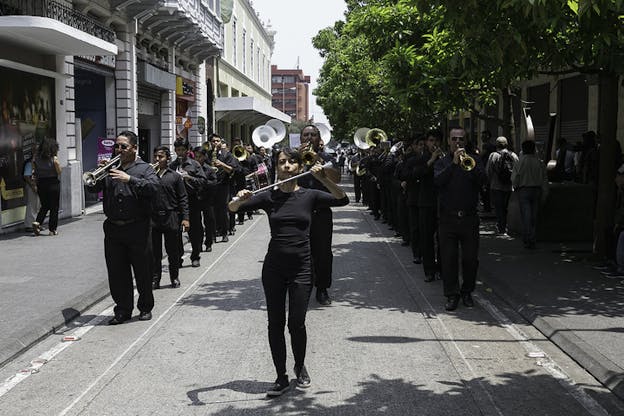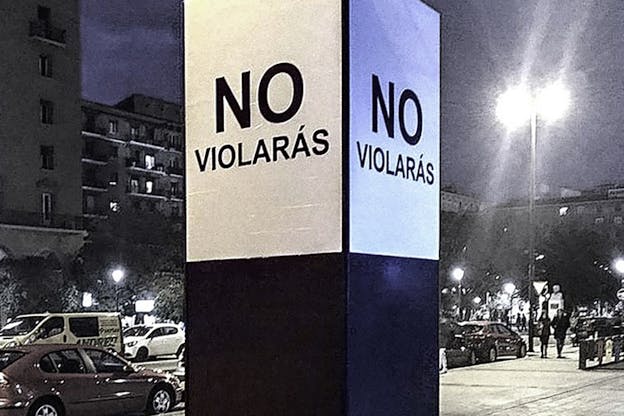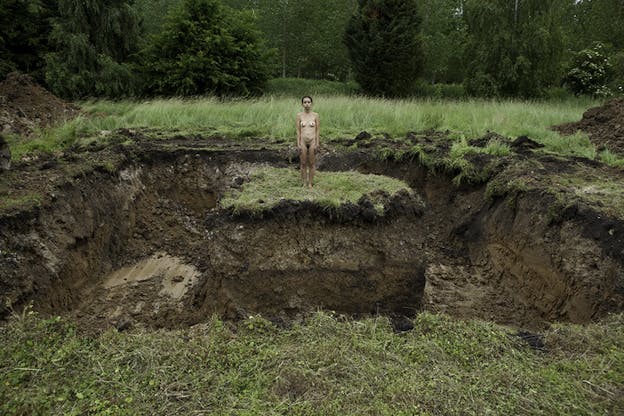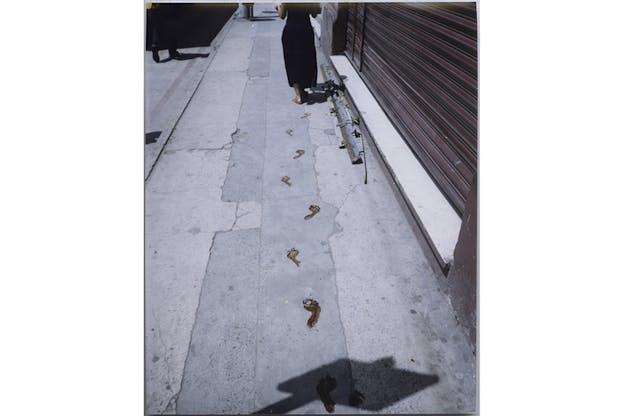Regina José Galindo
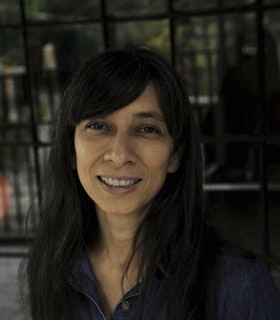
Months have passed since the pandemic started, and those months seemed like years made up of thousands of weeks. Weeks of boredom, confinement, missed trips, canceled jobs, Zoom meetings. Friends now existed only through the screen, hugs were only a memory, and the future was a mysterious shadow. Fear was a recurring sensation, news were like sharp knives and every day death surprised us with new calls. It was like that, the dead accumulated not by names, by numbers. And the numbers marked our day to day. Every day a new number of infections, every day a new number of deaths. In the midst of this non-festive atmosphere there was room for a small party. One day in December 2020 (the first year of the pandemic) I received a letter from Alexander Thompson who wrote on behalf of the Foundation for Contemporary Arts to give the bright news that I had been awarded one of the artist grants that are provided by the institution. A wonderful grant of 40 thousand dollars! This news was definitely a pause, a before and after. A pause of celebration and joy in the midst of so many gray clouds.
- Regina José Galindo, November 17, 2021
Artist Statement
I believe in the potentiality of Art to generate dialogues between people, I believe in its capability to communicate, to break the order and make questions. I think Art is a free space, one of the few that remains.
I discovered the potentiality of the body in Art in the 90s in Guatemala, and since then it has been and still is my biggest field of investigation.
The body, seen in its own context and history, the body as center and periphery, the body seen from below, from my short height of one meter and forty-nine centimeters.
Guatemala, too, is many times in the center of my concerns and therefore many times present in my work. Guatemala and its horrible history of violence. Guatemala and its struggle for memory.
I believe in the incendiary quality of Art. I believe in the innate ability of the hand to light a match.
- December 2020
Biography
Regina José Galindo is a performance artist and poet whose work primarily explores Guatemalan political and social problems. Her work investigates the universal ethical implications of social injustice and discrimination related to race, gender, and other abuses inherent in the unequal power relations that operate in society. Galindo works beyond the limits of her own self, recreating and representing violent acts and the victims in a radical way, drawing the spectators into the discomfort of the situation, making them see and feel the situation as the victim, and creating an atmosphere of empathy and critical thinking.
Galindo has received the Golden Lion for a Promising Young Artist in the 51st Venice Biennale (2005) for her works ¿Quién puede borrar las huellas? and Himenoplastia, which critique Guatemalan violence arising from misconceptions of morality and gender discrimination while demanding the restitution of the memory and humanity of the victims.
She has participated in three additional Venice Biennales, Italy (2001, 2009, 2011); documenta 14 in Athens, Greece and Kassel, Germany (2017); the 4.Berliner Herbstsalon, Berlin, Germany (2019); the Aichi Triennale in Nagoya, Japan (2019); Wuzhen International Contemporary Art Exhibition in Tongxiang, China (2019); the International Biennial of Cuenca, Ecuador (2007); the Ljubljana Biennial of Graphic Arts, Slovenia (2011); the Shanghai Biennale, China (2016); the Biennial of Pontevedra, Spain (2010); the 17th Biennale of Sydney, Australia (2010); and the Moscow Biennial, Russia (2007), among other international biennials and exhibitions.
Her work is in the collections of The Museum of Modern Art, New York, NY; Tate Modern London, United Kingdom; Centre Pompidou, Paris, France; Solomon R. Guggenheim Museum, New York, NY; Castello di Rivoli Museum of Contemporary Art, Turin, Italy; Daros Collection, Hurden, Switzerland; Peréz Art Museum Miami, Miami, FL; UBS Art Collection, Lausanne, Switzerland; and the Cisneros Fontanals Art Foundation, Miami, FL; among others.
Galindo received the Prince Claus Award (2011) from Prince Claus Fund for Culture and Development in recognition of her ability to transform personal anger and injustice into powerful public events that disrupt ignorance and complacency in order to approach the experience of others. She has won the Grand Prize at the 29th Ljubljana Biennial of Graphic Arts (2011), first prize in Juannio Guatemala (2010), and first prize at Inquieta Imagen V, Museum of Contemporary Art and Design, San José, Costa Rica (2007). Galindo has received residencies at Třebešice Castlein in Třebešice, Czech Republic, Le Plateau in Paris, France, and Artpace San Antonio in San Antonio, TX.
